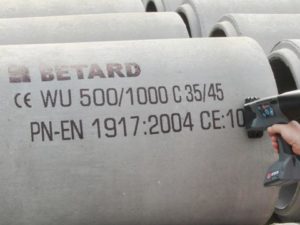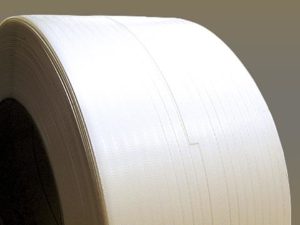You may be having a hard time successfully marketing your agricultural business, but it doesn’t have to be that way. Creating a farm logo, making your farm stand out, launching a website, attending farm-related events, advertising, joining farm associations and evaluating your success is a great way to successfully market your agricultural business.

Create a Farm Logo
The first thing you should do to successfully market your agricultural business is to create a farm logo immediately. Your farm logo can be as simple as the name of your business or as complex as a farm picture with the name of your business. Your farm logo should be a business image based on your goals and objectives for your brand as well as a general feeling.
While you can create a farm logo on your computer without any help, you may want to hire a professional graphic designer to make your farm logo stand out from the rest of agricultural businesses. This is especially true if you plan on expanding your marketing efforts to packaging and professional printed materials and signage. It’s difficult to achieve the quality you and your customers are looking for with home or small-business software. A graphic designer will achieve a high-quality logo with specific file formats that you’ll need later on.
If you decide to hire a professional graphic designer, you’ll need to be selective. It’s important that they know and understand the business you’re in. You’ll need to make sure that they have a style that’s appealing to you.
A professional graphic designer should provide you with a variety of versions of your logo. These versions should be a high-resolution image for print, a low-resolution file for web use and a vector file format for embroidery.
Make Your Farm Stand Out
It’s important that you establish a unique selling proposition for your business. You’ll need to ask yourself why someone should do business with you instead of someone else and what unique benefits your farm offers. You’ll need to offer fresh, high-quality produce to set yourself apart from other farms. You’ll also need to provide good customer service.
You’ll want to spend some time planning your unique selling proposition. Your unique selling proposition should be in a place that you’ll see daily to remind you of your farm’s purpose and direction.
Launch a Website
One of the most successful ways to market your agricultural business is to launch a website. An effective marketing plan should include launching a website. Launching a website is inexpensive, and it’ll reach your target customers. A website is a great marketing investment without spending much money.
Launching a website will ensure that you have many customers with a high demand in your business. You may want to come up with a breeding plan so that you’ll be able to sell more animals and earn more money.
There are many free online website platforms available for use. You can use WordPress to launch a website that’s high-quality and professional. If you don’t want to do it yourself, you can always hire a website designer to help you. With a website designer, you’re about guaranteed to have a high-quality, professional website.
Be sure that your website is appealing to you and your target customers. Your website will need to have images, text, your logo and tagline to create a website that stands out from your competition.
Attend Farm-Related Events
Attending festivals, farmers’ markets, demonstrations, seminars or farm open houses is another great way to successfully market your agricultural business. Some customers will want to do business with you after meeting you.
Begin Advertising
Advertising on the radio, magazines, classified ads, televisions and billboards are a great way for your target customers to find your business. You should always choose something that’s in your budget and something that you can afford. You’ll want to include a catchy headline, your farm name, your phone number and your website address in any advertisement you decide to do.
Join Farm Associations
A farm association membership is a great, inexpensive way to market your farm and your products. Membership fees usually include newsletter subscriptions and a printed or web-based listing in the association’s membership directory.
Evaluate Your Success
After you’ve given some time for your marketing plan to work, you’ll need to evaluate your success. It may take you six to 12 months before you start seeing good results. If your sales aren’t as good as you thought they would be, be sure that you add a few things to your marketing plan.
Final Words
Successfully marketing your agricultural business is one of the most important steps you can take to have a successful, profitable business. Be sure to have a well-designed website, communicate on social media and provide outstanding products and services. Branding through the use of customized bulk bags is another way to successfully market your agricultural business. It’s an affordable solution to build your brand recognition.
Thank you for reading our blog! How can we help you? Contact us today.









